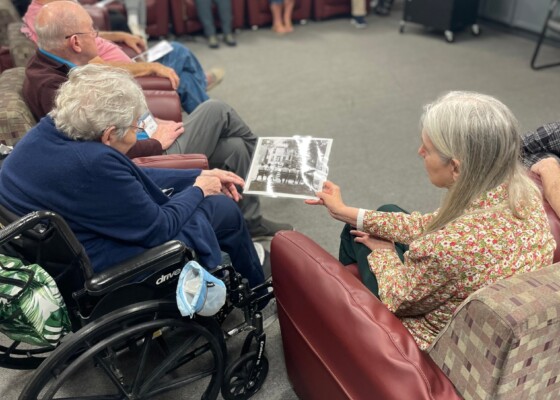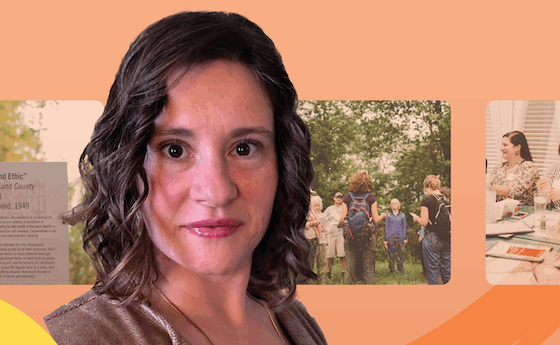Wayne County residents “chew” on attachment, community strengths and job needs
March 13, 2013On Feb. 28, the Positive Places Initiative continued with a series of Chew on This events (a program of Indiana Humanities) throughout Wayne County. Many HYPE (Helping Young Professionals Engage)…
 On Feb. 28, the Positive Places Initiative continued with a series of Chew on This events (a program of Indiana Humanities) throughout Wayne County. Many HYPE (Helping Young Professionals Engage) members made their way to Roscoe’s Coffee Bar and Tap Room in Richmond’s Depot District for a discussion led by Big Car’s Jim Walker. Our conversation was guided by three main questions–what causes people to develop an attachment to their communities, what are the strengths of Richmond and Wayne County, and what kinds of jobs do we need and have?
On Feb. 28, the Positive Places Initiative continued with a series of Chew on This events (a program of Indiana Humanities) throughout Wayne County. Many HYPE (Helping Young Professionals Engage) members made their way to Roscoe’s Coffee Bar and Tap Room in Richmond’s Depot District for a discussion led by Big Car’s Jim Walker. Our conversation was guided by three main questions–what causes people to develop an attachment to their communities, what are the strengths of Richmond and Wayne County, and what kinds of jobs do we need and have?
So what makes people want to remain in a community? Our group highlighted diversity and uniqueness, community and non-profit organizations, local restaurants and shops, parks, churches, good jobs and schools, history and tradition, family and relationships, and exciting things to do on a regular basis. And, in fact, we identified Richmond as having many of these strengths. We have educational organizations, a symphony and civic theatre, art and historical museums, rivers and parks, libraries, great local businesses (and owners), a convenient location, low cost of living, the Depot District, Cardinal Greenway, and a burgeoning health and fitness community.
But how do we leverage those strengths to revitalize Richmond? As I listened to the conversation around me, I thought of the work of urban studies scholar, Richard Florida. Florida argues thriving cities are those built around an economy that features the creative class, “scientists and engineers, university professors, poets and novelists, artists, entertainers, actors, designers, and architects…nonfiction writers, editors, cultural figures, think-tank researchers, analysts, and other opinion-makers.” Has Richmond built a creative class? We do have jobs in manufacturing, health care, logistics, transportation, and education, but the conversation also highlighted the need to seek out economic diversity by encouraging entrepreneurship, innovation, high-tech manufacturing, recycling, and green energy. While promoting this diversity, many noted the importance of providing our current residents with the skills to compete in this new economy. Could moving Richmond forward come from inspiring small business owners and entrepreneurs to take chances, knowing that the risk of failure is great, but the rewards for success even greater? Will our young people stay in Richmond if the workplaces of the future look less like an assembly line and more like headquarters of Apple and Google?
What’s even better about encouraging this kind of economic diversity? Florida argues that the creative class demands “historic buildings, established neighborhoods, a unique music scene or specific cultural attributes…urban grit alongside renovated buildings…the commingling of young and old, long-time neighborhood characters and yuppies.” The creative class wants “weird” cities, but the creative class can also drive the creation of these amenities; they’re willing to pay more to live in a city that is culturally and economically thriving. Maybe Jim Walker was right, let’s make Richmond weird.
For more information about Richard Florida:
http://www.washingtonmonthly.com/features/2001/0205.florida.html
http://www.creativeclass.com/richard_florida
This post was written by Chera LaForge, assistant professor of political science at IU East in Richmond.


